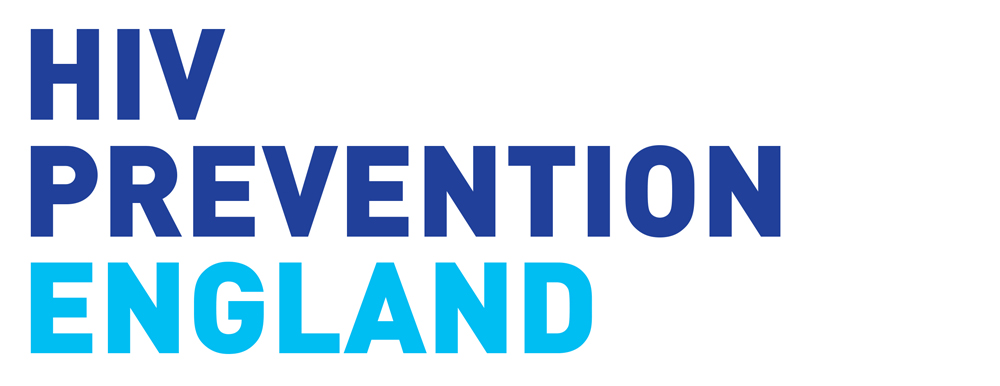New HIV diagnoses have fallen for a third consecutive year, the latest data from Public Health England (PHE) shows. In 2018 a total of 4,484 people were diagnosed with HIV in the UK, a 6% reduction from the 4,761 diagnosed in 2017.
PHE has advised the intensification of combination prevention has been critical to the decline in HIV incidence in gay and bisexual men since 2012. Further information will be released in PHE’s annual report, which will be published in November.
The increase in HIV testing, access and availability to immediate antiretroviral therapy for people diagnosed with HIV, and the scale-up of access to pre-exposure prophylaxis (PrEP) have all played a role in the continued decline of new diagnoses.
The decline in gay and bisexual men
Since 2015 there has been a staggering 39% decline in new HIV diagnoses among gay and bisexual men. Within this group, the steepest declines have been recorded within men who are:
- White (46% decline since 2015)
- Born in the UK (46%)
- Aged 15-24 (47%)
- Resident in London (50%)
The biggest declines outside of London in gay and bisexual men were seen in:
- West Midlands (47%)
- Scotland (43%)
- East Midlands (40%)
In 2018, two out of every five gay and bisexual men newly diagnosed with HIV lived in London.
The decline via heterosexual contact
During the same time period (2015-2018) the fall in new diagnoses from heterosexual contact was 24%. Within this group the biggest declines have been recorded in people who are:
- Adults in London (40% decline since 2015)
- Aged 25-34 (34%)
- Born in Africa (24%)
Late diagnoses
There are still challenges for the sector despite the continued decline in new HIV diagnoses. In 2018, 43% of all diagnoses were late. PHE has once again repeated its warning that people diagnosed late face a ten-fold increased risk of short-term mortality.
Population groups with particularly high late diagnoses rates include:
- Heterosexual men (60%)
- Black African adults (52%)
- Those aged 50 and older (59%)
People diagnosed late are more likely to experience an AIDS-defining illness at the time of their diagnosis: this was true of 225 people in 2018, a similar number to 2017.
People receiving HIV care in 2018
In 2018 there were 96,142 people receiving HIV care in the UK, of which:
- 97% were receiving antiretroviral treatment
- 97% of people on treatment were virally suppressed
The percentage of those receiving treatment was slightly less in 15-24 year olds and in people who inject drugs. Viral suppression was consistent across all population groups.
Trans people
For the second consecutive year PHE has supplied data on HIV diagnoses in trans people. In 2018, 11 trans people were diagnosed with HIV, which is a fall from 16 in the previous year.
The data from PHE now shows that 152 trans people were seen in HIV care in 2018. Of these, 33% were 50 or older and 39% were black, Asian or minority ethnic (BAME). All trans people seen in care were on treatment.
What this means for HIV prevention in England
The hard work to sustain the decline in new HIV diagnoses must continue. The combination prevention approach is working in the UK and efforts to increase awareness and knowledge of correct condom use, HIV testing, PrEP and HIV treatment are necessary to maintain this momentum.
Late diagnoses remain an area that the entire health system needs to take responsibility for, ensuring that all population groups have access to HIV testing. The HIV sector must work with primary and secondary care providers to increase opportunities for people to test outside of traditional sexual health services.
Particular attention needs to be paid to regions outside of London and to those subgroups which are not seeing as large declines in new diagnoses as witnessed in white gay and bisexual men.
National HIV Testing Week presents the next opportunity for the sector to continue to increase HIV testing and reduce late diagnoses in all groups affected by HIV across England. The campaign starts Saturday 16 November 2019. Stay informed with our plans for the campaign by signing up to our newsletter using the form on this page and following us on Twitter.
New local PHE indicators
PHE has announced a number of new HIV indicators on its Fingertips online sexual and reproductive health profiles. In addition to existing measures including HIV testing coverage and new HIV diagnoses rates you can now access local and regional information on:
- Late diagnoses rates for MSM, heterosexual men, heterosexual women and people who inject drugs
- Repeat HIV testing in MSM within the past year
- Prompt ART treatment initiation in people newly diagnosed with HIV
PHE Fingertips webinar
If you would like to know more about PHE’s online health profiles, join us at 1pm on Tuesday 24 September for our webinar looking at getting the most out of PHE’s fingertips tool.
Find out more and register for this event
